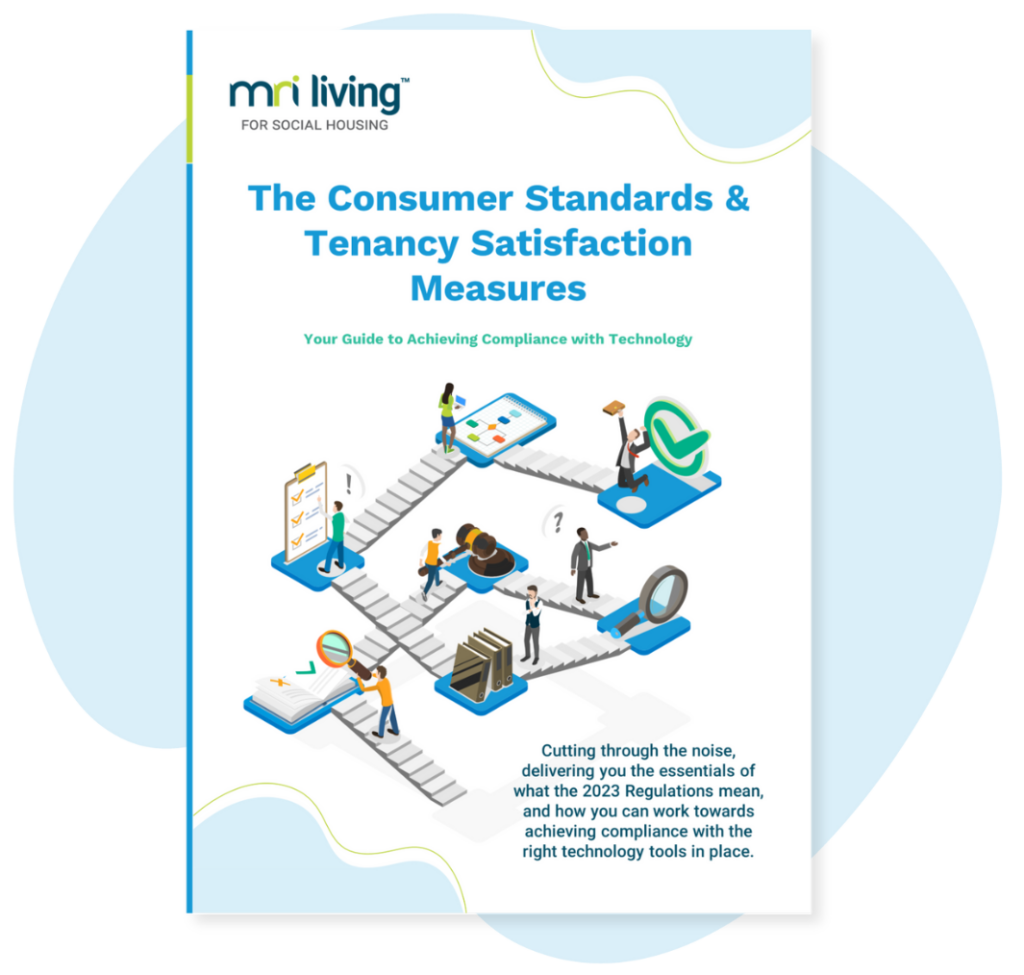Housing and Happiness
Over the past two decades policy research and strategy have sought to broaden the measure of a nation’s wealth away from stark GDP and adopt wellbeing and happiness as success parameters. In 2019 The World Happiness report ranked the United Kingdom 15th globally. Decent housing has long been an established element of a healthy society. Some conditions specific to social housing – in particular, longer, secure tenancies, affordable rents and strong communities – have been directly linked to wellbeing and happiness.
Renting has become the norm in the UK and will inevitably grow as access to owning becomes less viable for many people. In 2019 the Journal of Public Health consolidated its research to demonstrate “causal links between housing, the built environment and aspects of mental health and wellbeing.” Poor quality housing can cause significant harm to the individual and cost public services dearly.
The good news is that housing associations and local authorities could likely be an antidote to the growing problems linked to renting. With the support and recognition of government, successful models from registered providers could tackle the housing crisis and contribute to the UK economy. Many of the sector’s customers believe that their providers are doing a good job. Shelter presented a ‘Vision for Social Housing’ last year, reporting that a strong majority (85%) of social housing residents, when asked, stated that they are happy in their homes and more than that – 77% said that they felt ‘fortunate to live in social housing.’ In fact, not only are social renters happier than those in privately rented accommodation, but research from the University of Birmingham shows that their happiness levels are on par with those who own their home.
“A safe settled home is the cornerstone on which individuals and families build a better quality of life, access services they need and gain greater independence.”
Jake Eliot, Head of Policy, Money Advice Service
More registered providers are moving into or starting for profit or mixed organisations. These strategies in many cases, are innovative approaches to transform and future-proof the sector, but it remains important that the sector hold itself to account and tenant welfare remain at the core of its deliverables. To achieve this, it will be crucial to ensure all new homes and existing stock are decent, fuel efficient and damp free and that customers are offered secure, long-term tenancies at affordable rents – factors directly linked to long-term happiness according to the Resolution Foundation.
In the main, social customers are more protected from eviction than those with private rental tenancies. Offering secure tenancies enables people to plan for the future, sink deep roots and actively engage with their local community and contribute unquantifiable social value. When asked by Shelter, 39% of private renters felt that they were embedded in the wider community and that their neighbours looked out for one another, in comparison to 75% of social renters.
“Our vision is to provide more homes and bright futures for everyone. The government is making some positive changes with more investment in house building, but there’s a lot more still to be done to really solve the housing crisis. Our research shows that social housing can have a positive impact on measures of wellbeing – more so in some instances than home ownership and as such we challenge the view that everyone should aspire to own their own home.”
Mark Perry, Chief Executive of VIVID
By delivering safe, secure homes at affordable rents, housing providers are responsible for sizeable savings to the public purse across swathes of organisations. According to The Health Foundation, for every £1 invested in housing support for the vulnerable, around £2 of value is delivered in costs saved by the NHS, Social care and the Police.
In the last few decades there has been a worrying shift in how social housing is perceived by the general population. As the provision of stock has shrunk due to Right To Buy policies and stalled building figures (in 2018 just 6,000 social homes were built), the homes have ceased to be for a majority of the populace and instead, are increasingly available only to low-income households or vulnerable people. In turn this has attached a certain amount of stigma to those living in socially rented accommodation.
‘We need to change the culture around social housing… our community has been painted as work-shy… it could not be further away from the truth. We were eloquent, hardworking… we deserve to be respected not treated the way we were treated. Every community living in social housing needs to be treated that way.’
Ed Daffarn, Commissioner, Shelter
Residents, despite self-reporting high levels of happiness and wellbeing in research conducted by the University of Birmingham also reported that they felt judged and that others would not like their home. Changing public perceptions of social housing and its residents would serve to bolster happiness for those residents. One strategy for the social housing sector is to reclaim its own narrative and tell its stories to the wider public, politicians and businesses.
The evidence that social housing providers contribute to the happiness and wellbeing of individuals and strengthen communities is robust. What needs to happen now is securing confidence from the government, demonstrated through funding to build more homes and deliver greater social value.
“Instead of extending owner occupation as widely as possible which puts many people at the margins of their financial capacity, research shows that growing the stock of social housing and distributing this valuable good to a wider group of people may produce a wider total benefit to society. With new investment welcome and a rush to build more homes. It’s important to make sure the right type of homes and communities are built to give everyone the best chance in life.”
Professor Andrew Lymer Director of the Centre on Household Assets and Savings Management CHASM
The Consumer Standards and Tenancy Satisfaction Measures: Your Guide to Achieving Compliance with Technology
Cutting through the noise, delivering you the essentials of what the Consumer Standards and Tenancy Satisfaction Measures 2023 Regulations mean, and how you can work towards achieving compliance with the right technology tools in place. New regulatio…

